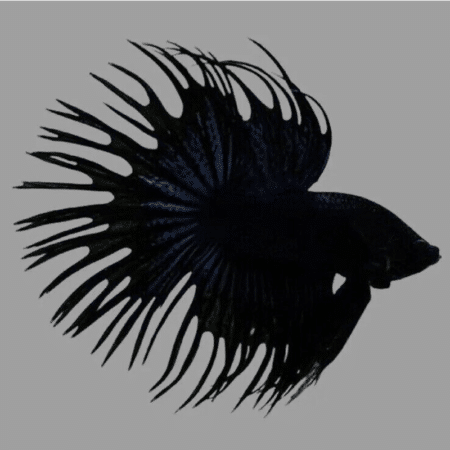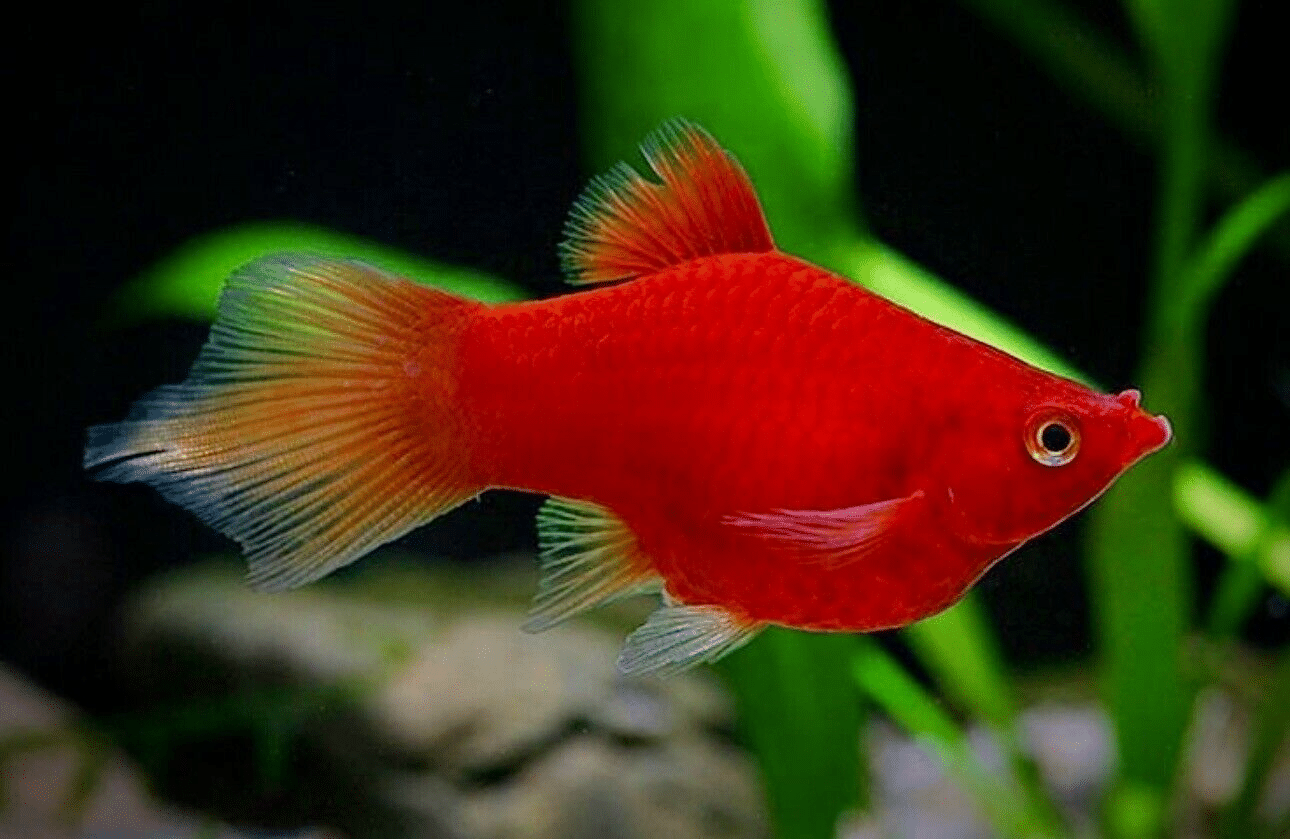-
×

-
×

-
×

-
×

-
×

Subtotal: £60.98

















Emily Carter (verified owner) –
As a passionate aquarium hobbyist, I can’t rave enough about the Hardy Coral Red Platies! I added a few of these vibrant 1.5 cm freshwater livebearers to my tank about two months ago, and they have brought such joy and color to my setup. These platies are not only stunning with their rich red hues, but they are also incredibly hardy, making them perfect for someone like me who sometimes gets a bit too excited during water changes. I love how they swim around playfully, and their friendly nature has been a hit with my other fish.
Compared to other guppies I’ve kept, these platies are much more resilient and adapt well to various water conditions, which I appreciate as it gives peace of mind regarding their welfare. My only minor concern is that I wish they were slightly larger, but that’s just a personal preference. Overall, if you’re a beginner or just looking to add some lively color to your tropical fish tank, I highly recommend these platies! They truly elevate the overall aesthetic of my aquarium, and I’m considering getting more soon!
Emily Johnson (verified owner) –
I recently purchased the Hardy Coral Red Platies, and I couldn’t be happier! As a caring fish parent, I prioritize my fish’s health and happiness, and these little guys are a perfect fit for my community tank. After just one week, I noticed their vibrant colors really livened up the space, and they are so active and playful! Compared to other freshwater fish I’ve kept, the platies are incredibly friendly and social, making them great companions for my guppies.
The care guide that came with them was super helpful, ensuring I provide the best environment possible. My tank has been stable, and I haven’t encountered any issues with them adapting. A minor concern I had was they can be a bit shy at first, but after a couple of days, they were swimming confidently around the tank.
If you’re a beginner or looking to add some color to your tank, I wholeheartedly recommend these platies. They’re not only beautiful but also easy to care for. I will definitely be purchasing more to enhance my tropical fish setup. Shipping was quick, and they arrived healthy and vibrant. You won’t regret adding these lively creatures to your aquarium!